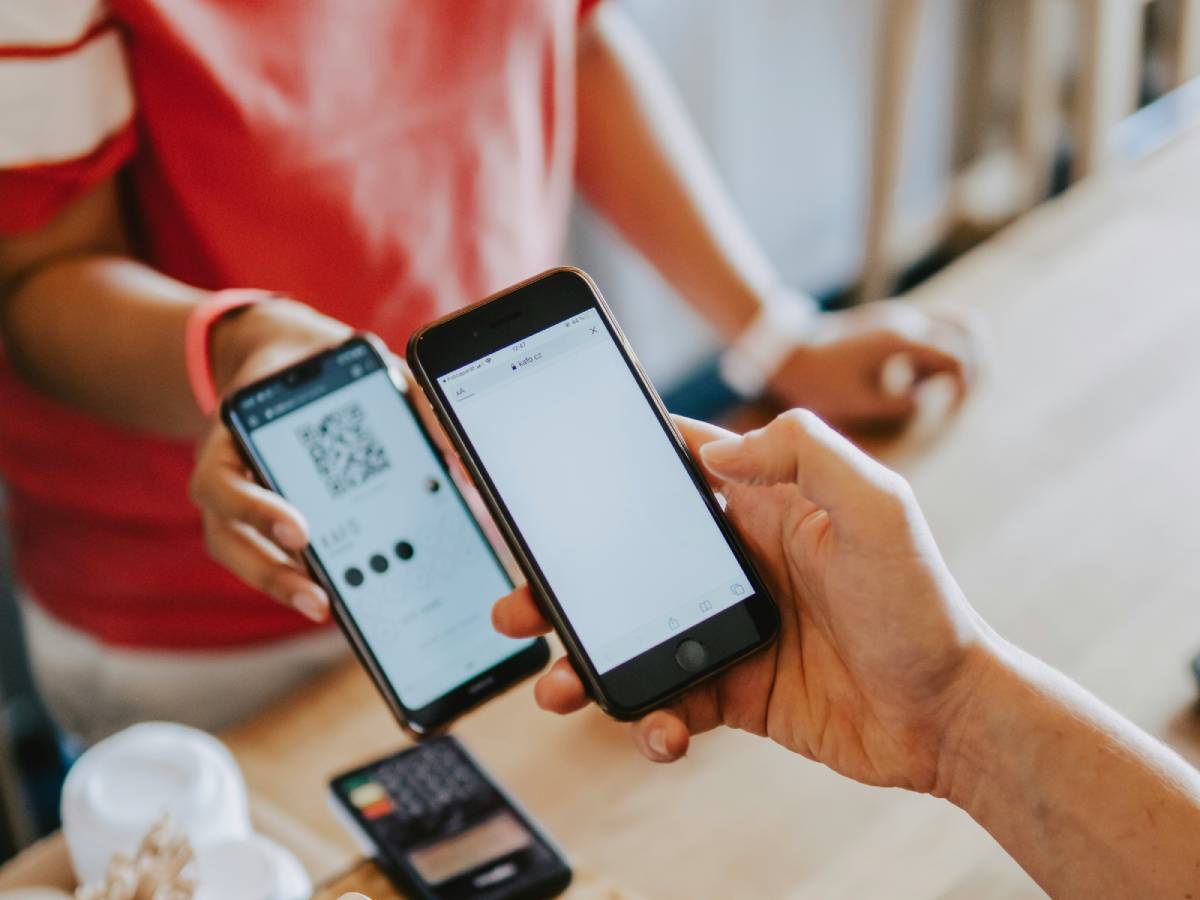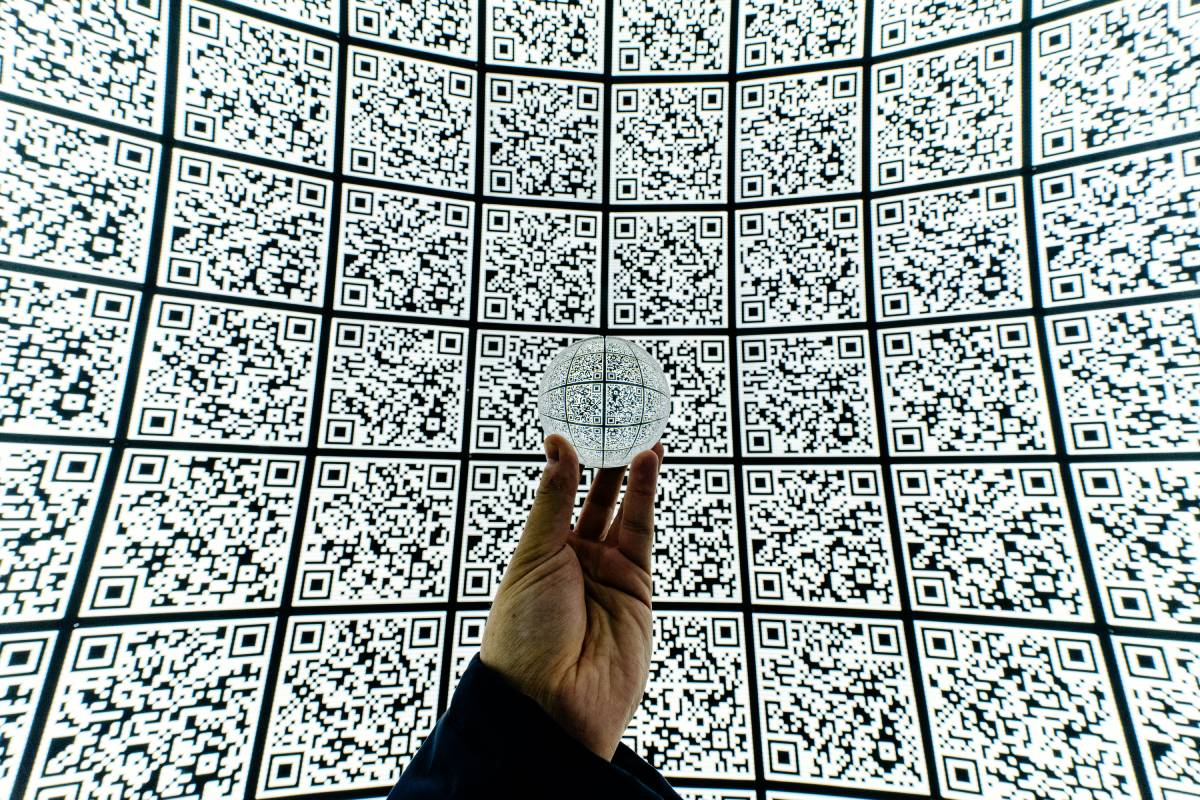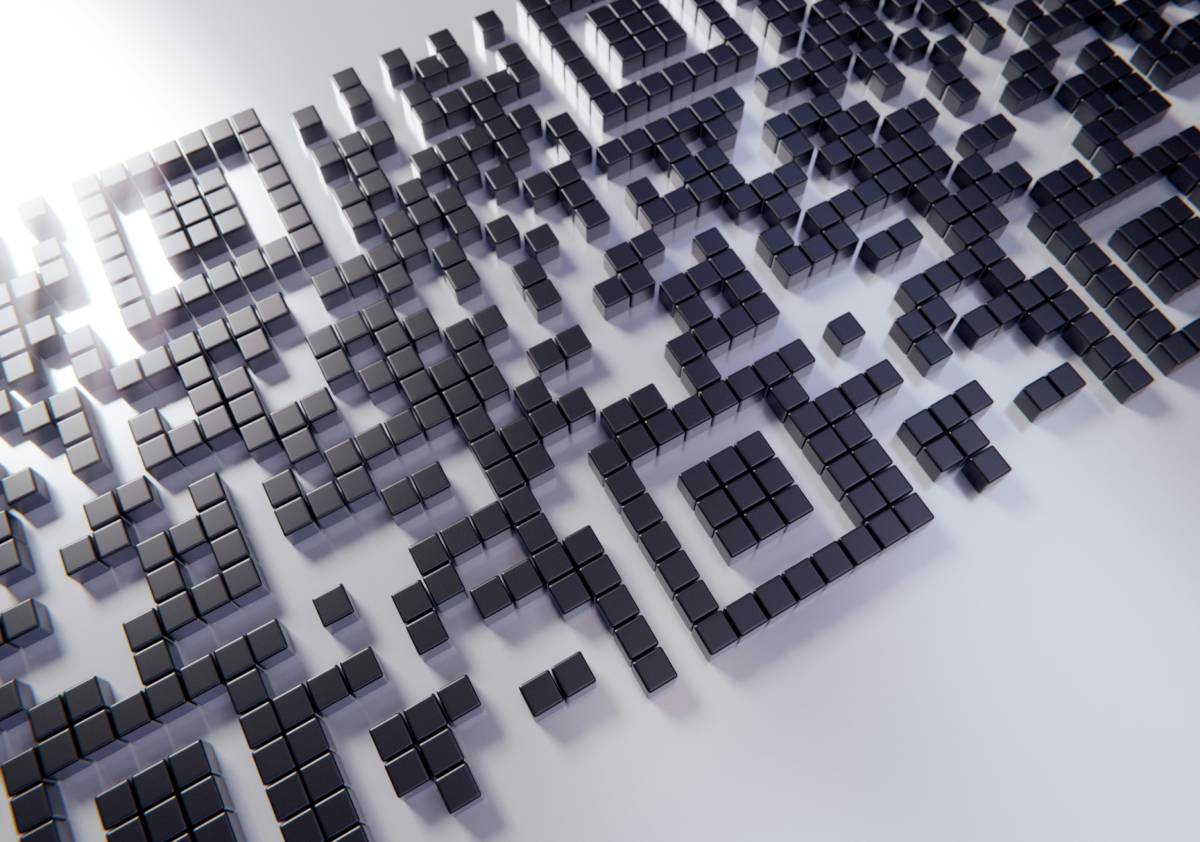QR Codes in Modern Web & Design
Discover how QR codes are revolutionizing modern web design and marketing, offering innovative ways to enhance user engagement and bridge physical-digital experiences.
4 min read · Jul 10, 2025
Once seen mostly on packaging and posters, QR codes have now become an essential part of modern web and product design. From restaurant menus to ticketing systems, QR codes create a direct bridge between the physical and digital worlds. For web designers, they represent not only a functional tool but also an opportunity to innovate in user experience.

QR Codes in Everyday UX
Think about the last time you scanned a QR code — maybe at a café to see the menu, or on a concert ticket for entry. QR codes have become a seamless part of our everyday flow: scan → open → engage.
For designers, this means integrating QR codes isn't just a technical choice; it's part of shaping how users interact with your brand. They’re often the first touchpoint in a customer journey, so their design and usability matter.

QR Codes in Modern Web Design
QR codes are now common across landing pages, e-commerce checkout flows, and personal portfolios. Designers are experimenting with:
- Stylized codes that reflect a brand's identity (colors, logos, shapes).
- Placement on print + digital materials for cross-channel campaigns.
- Interactive call-to-action designs where the QR code feels like part of the UI.
When experimenting with QR code designs, you don't need to start from scratch. Modern QR code generators allow you to create and customize codes with unique styles, colors, and even embedded logos while maintaining functionality.

Best Practices for Designers
To ensure QR codes are not only stylish but also functional:
- Keep high contrast so scanners can read them reliably.
- Use short links (e.g., via URL shorteners) to reduce data size.
- Avoid clutter: leave enough whitespace (quiet zone) around the QR code.
- Test across multiple devices and apps before publishing.
- Be mindful of security: link only to trusted domains so users feel safe scanning.
Conclusion
QR codes are more than just black-and-white squares; they're a design element that blends physical and digital experiences. With the right styling and placement, they can become part of your visual identity and a seamless bridge to your digital content.